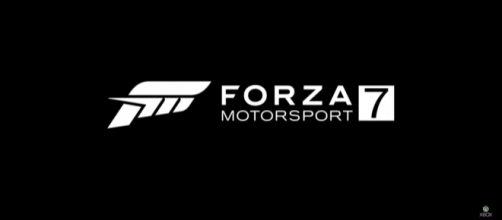Developed by Turn 10 Studios and published by Microsoft Studios, upcoming racing video game “Forza Motorsport 7” is coming to Windows and Xbox One this Oct. 3, 2017. For those who pre-ordered, they get the chance to experience the racing video game a few days earlier.
Speaking of early access playing “Forza Motorsport 7,” German-based tech website ComputerBase.de got their hands on the game and performed benchmark testing on this DirectX 12-ready video game. The result produces quite an interesting result between the two most powerful graphics cards in the market: AMD RX Vega 64 and NVIDIA GTX 1080 Ti.
System configuration and consideration
All benchmark tests were powered by a 4.3GHz Intel Core i7-6850K (6-core) and 16GB RAM of DDR4-3000 in quad-channel mode. The drivers – Crimson ReLive 17.9.3 or the GeForce 385.69 – are officially optimized for “Forza Motorsport 7”.
In addition, the test sequence on “Forza Motorsport 7” consisted of a 23-car AI on the challenging Suzuka circuit in fine weather. The benchmark also took into consideration the game’s dynamic nature, though the deviations are only one percent max at average. If the deviation gets higher, the game is restarted.
Finally, maximum graphics settings were applied even though “Forza Motorsport 7” is not particularly high on graphics card performance.
Thus, 8X multisample anti-aliasing (MSAA) was implemented independently of the resolution. In all, the game was tested on three graphics resolutions: 1,920 × 1,080, 2,560 × 1,440, and 3,840 x 2,160.
Better frame rate
The result of benchmark testing on “Forza Motorsport 7” was interesting considering that AMD RX Vega 64 gave better numbers compared to NVIDIA GTX 1080 Ti on two of the three tests. In 1,920 × 1,080, the frames per second (FPS) produced by AMD RX Vega 64 has an average of 136.9 compared to 122.7 registered by its NVIDIA counterpart.
The difference in FPS was decreased to 12 percent on 2,560 × 1,440. Finally, GeForce GTX 1080 Ti was able to overtake its AMD counterpart in 3,840 × 2,160 by delivering eight percent more FPS than the Radeon RX Vega 64.
As a conclusion on the benchmark results: the higher the resolution gets, the more FPS NVIDIA brings on the table. However, the AMD RX Vega 64 still offers the better FPS compared to the standard, non-Ti GeForce GTX 1080 graphics card.
Speaking of the lower, non-Ti GeForce GTX 1080 graphics card, it has also trailed the lower Radeon RX Vega 56 on the first two performance test by a mile. But on 3,840 × 2,160 test, it barely overtook the lower Radeon RX Vega 56 by a measly 0.1 FPS.


